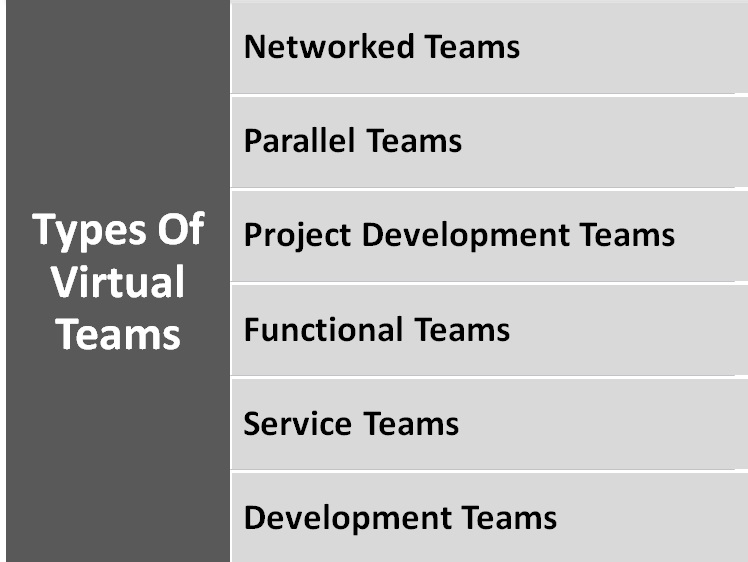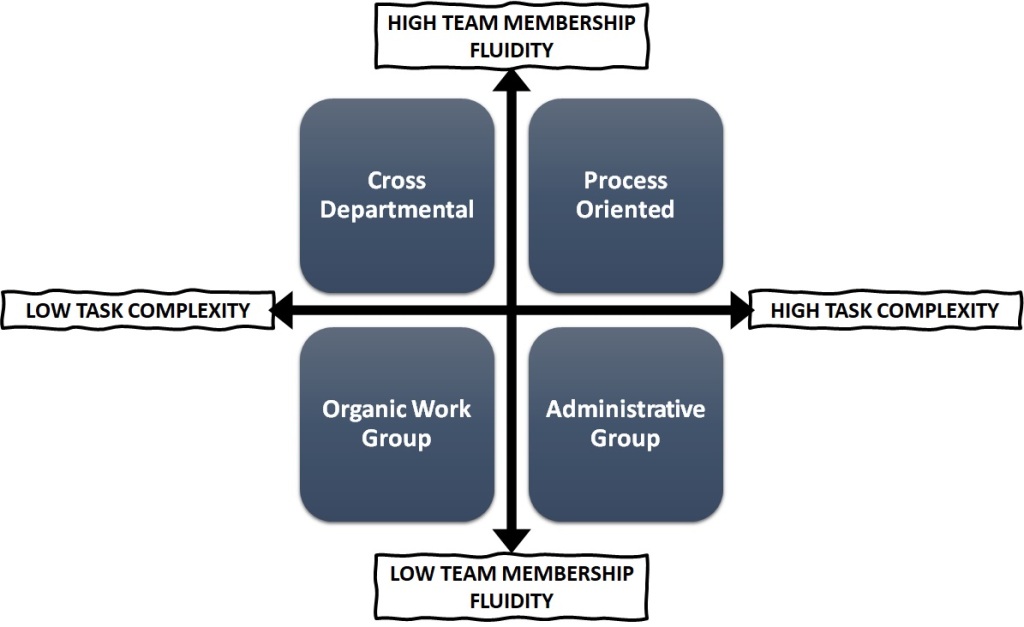
The collaborative nature of teams means they are subject to pitfalls that individuals working alone do not face. Team members may not always work well together and focusing the efforts of individuals on shared goals presents challenges to completing tasks as efficiently and effectively as possible.
Three Barriers to Building a Team
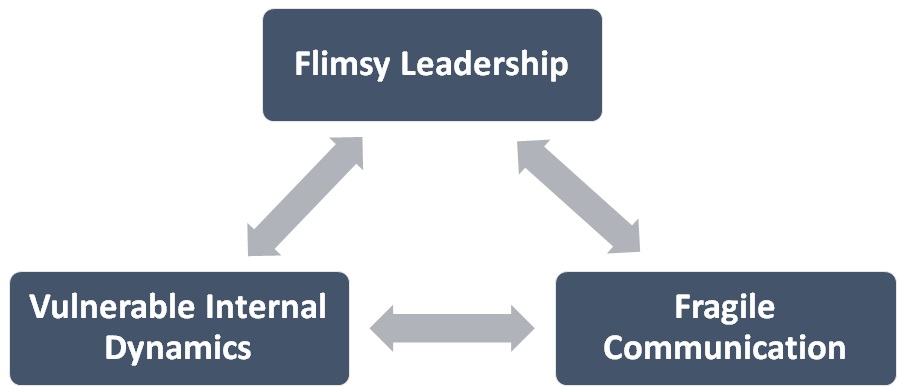
- Flimsy Leadership
Everything flows from leadership. And when there is a problem in the team, usually, it’s the leader’s fault. The wise king Solomon said, without a vision, the people perish. There could be several reasons that a team is not working, and most often, it starts with the leader.
- Is there no vision for the team?
- No one in the team knows where they are heading?
- Is there favouritism being practiced by the leader?
- Is the leader too critical of new ideas or suggestions?
- Is the leader’s style too imposing on everyone?
It could be various reasons, but usually the problem has its roots with the leader.
- Fragile Communication
Communication is key to the proper functioning of a team. And poor communication can lead to misunderstandings, resentment, offences within a team. Sometimes it’s because one person’s frankness or direct approach offences another person; and another responds in hurt. While conflict is normal in teams, without resolving them, this poor communication can lead to destructive conflict and cause a team to break down.
- Vulnerable Team Dynamics
Teams can fail because some people just cannot work with others. For example, if we have two extremely opinionated team members, we will be seeing conflict all day in the team. Also, if we have team members that are ‘yes’ men; we won’t see a lot of participation and open discussion in the team. The thing is that, we must find the right mix of individuals to make a team; not just in terms of personalities, but also in terms of skills and abilities.
While these right individuals may have disagreements in approach and perspective, but that’s the idea behind a team, different individuals bringing different points of view so that synergy within the team can be achieved.
The Secrets of Great Teamwork
Today’s teams are different from the teams of the past: They are far more diverse, dispersed, digital, and dynamic (with frequent changes in membership). But while teams face new hurdles, their success still hinges on a core set of fundamentals for group collaboration.
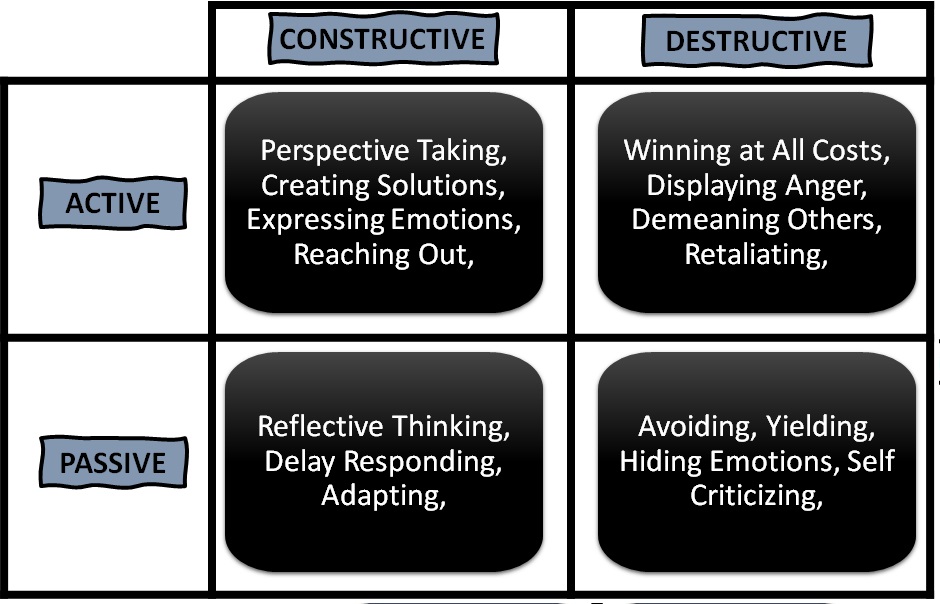
The basics of team effectiveness were identified by J. Richard Hackman, a pioneer in the field of organizational behaviour. He uncovered a ground-breaking insight: What matters most to collaboration is not the personalities, attitudes, or behavioural styles of team members. Instead, what teams need to thrive are certain “enabling conditions.” These conditions—a compelling direction, a strong structure, and a supportive context—continue to be particularly critical to team success. Modern teams are also vulnerable to two corrosive problems— “us versus them” thinking and incomplete information. Overcoming those pitfalls requires a fourth critical condition: a shared mindset.
The Enabling Conditions
- Compelling direction: . . . . . . . . . The foundation of every great team is a direction that energizes, orients, and engages its members. Teams cannot be inspired if they do not know what they are working toward and don’t have explicit goals. Those goals should be challenging (modest ones do not motivate) but not so difficult that the team becomes dispirited. They also must be consequential: People have to care about achieving a goal, whether because they stand to gain extrinsic rewards, like recognition, pay, and promotions; or intrinsic rewards, such as satisfaction and a sense of meaning. In remote teams, direction is especially crucial because it’s easy for far-flung members from dissimilar backgrounds to hold different views of the group’s purpose.
- Strong structure: . . . . . . . . .Teams also need the right mix and number of members, optimally designed tasks and processes, and norms that discourage destructive behaviour and promote positive dynamics. High-performing teams include members with a balance of skills. Diversity in knowledge, views, and perspectives and demographics can help teams be more creative and avoid groupthink.
Team members from diverse backgrounds often interpret a group’s goals differently. This is one area where remote teams often have an advantage. Cosmopolitan members bring technical knowledge and skills and expertise that apply in many situations, while locals bring country knowledge and insight into an area’s politics, culture, and tastes. Larger teams are more vulnerable to poor communication, fragmentation, and free riding (due to a lack of accountability). With remote teams, people in different locations often handle different components of a task, which raises challenges. Repartitioning the work to give them ownership increases motivation and engagement and improves the quality, quantity, and efficiency of work.
Destructive dynamics can also undermine collaborative efforts. We’ve all seen team members withhold information, pressure people to conform, avoid responsibility, cast blame, and so on. Teams can reduce the potential for dysfunction by establishing clear norms—rules that spell out a small number of things members must always do (such as arrive at meetings on time and give everyone a turn to speak) and a small number they must never do (such as interrupt).
- Supportive context: . . . . . . . . . . . This includes maintaining a reward system that reinforces good performance, an information system that provides access to the data needed for the work, and an educational system that offers training, and last—but not least—securing the material resources required to do the job, such as funding and technological assistance. Ensuring a supportive context is often difficult for teams that are geographically distributed and digitally dependent, because the resources available to members may vary a lot.
- Shared mindset:. . . . . . . . . . . Distance and diversity, as well as digital communication and changing membership, make teams especially prone to the problems of “us versus them” thinking and incomplete information. The solution to both is developing a shared mindset among team members—something team leaders can do by fostering a common identity and common understanding. Teams now often perceive themselves not as one cohesive group but as several smaller subgroups. This is a natural human response: Our brains use cognitive shortcuts to make sense of our increasingly complicated world, and one way to deal with the complexity of a remote team is to lump people into categories. But we also are inclined to view our own subgroup—whether it’s our function, our unit, our region, or our culture—more positively than others, and that habit often creates tension and hinders collaboration.
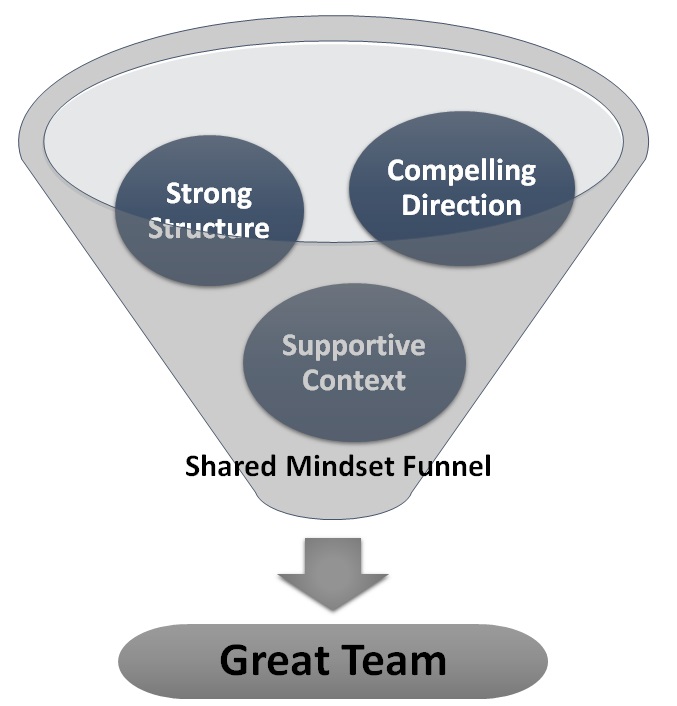
Incomplete information is likewise more prevalent in remote teams. Shared knowledge is the cornerstone of effective collaboration; it gives a group a frame of reference, allows the group to interpret situations and decisions correctly, helps people understand one another better, and greatly increases efficiency. There are many ways team leaders can actively foster a shared identity and shared understanding and break down the barriers to cooperation and information exchange. One powerful approach is to ensure that each subgroup feels valued for its contributions toward the team’s overall goals.
**Sources: The works of J. Richard Hackman
Content Curated By: Dr Shoury Kuttappa.



